Can Cod Make a Comeback? This Fish Story Shows Promise
New England’s fishery managers have adopted a new plan to help the Gulf of Maine cod population bounce back.
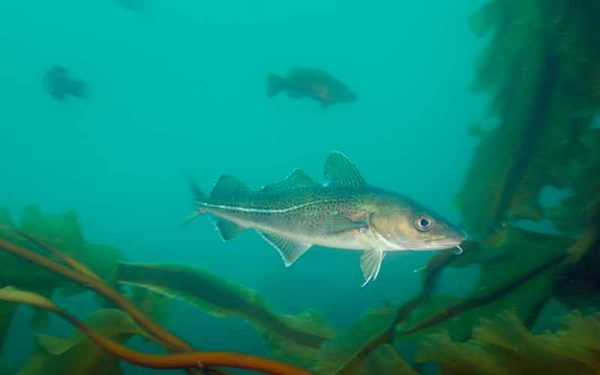
New England’s fishery managers have adopted a new plan to help the Gulf of Maine cod population bounce back.

Federal fishery managers denied CLF’s petition to end overfishing and rebuild Atlantic cod. Now, New England fishery managers begin a third attempt to save cod.
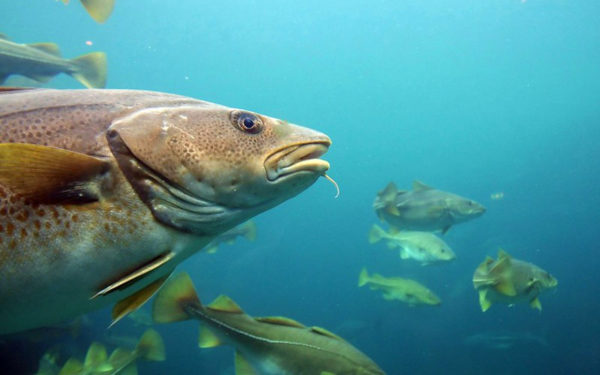
Federal fishery managers have approved a new rule that will require 100% at-sea catch monitoring to help stop overfishing species like Atlantic cod in New England.
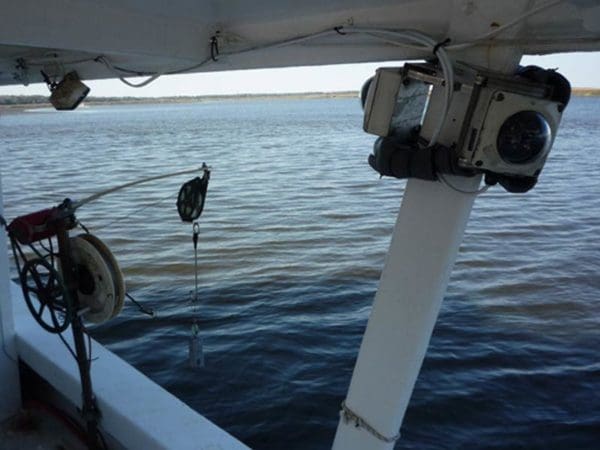
In February 2020, CLF petitioned the federal government to take bold action to save Atlantic cod – New England’s most iconic fish species. To date, our petition remains unanswered. Cod cannot wait any longer – we need fishery managers to act now.
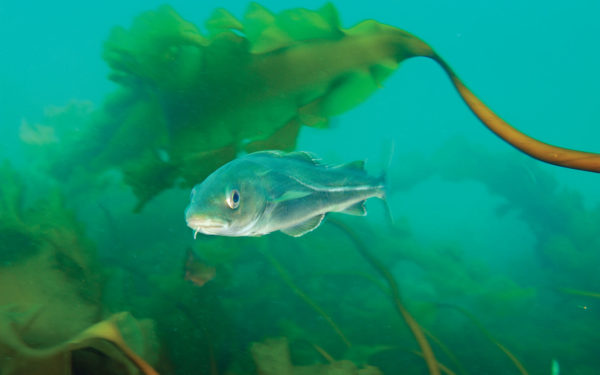
The Biden administration has outlined a bold vision for conservation, but the devil is in the details, especially when it comes to protecting 30% of lands and waters by 2030.
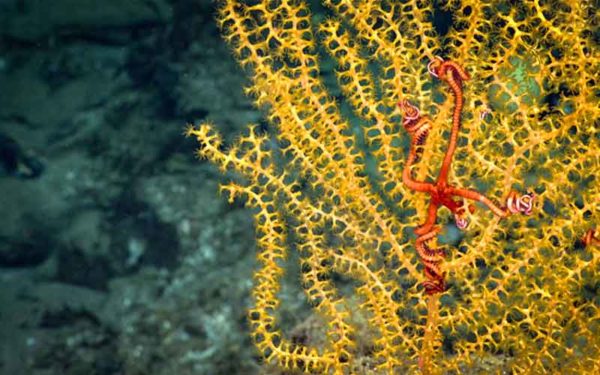
To help rebuild the cod population, scientists and managers must know how many fish are being caught by fishing boats. Thankfully, a recent vote by regional fishery managers brings us one step closer to collecting that valuable information.

We know that to protect biodiversity and build our ocean’s resilience to climate change, we must protect much more of New England’s ocean.
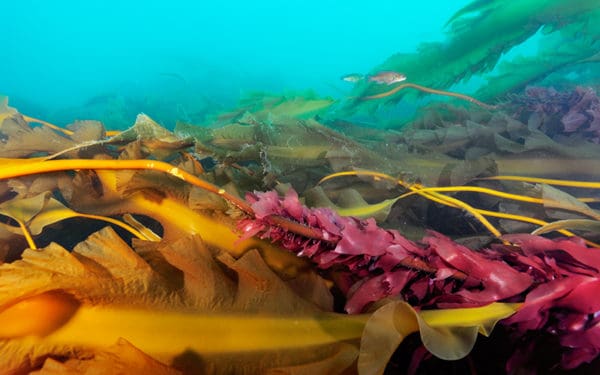
Right now, our regional fishery managers have the opportunity to collect more accurate data by improving the at-sea monitoring program in New England’s groundfish fishery. This management action, called Amendment 23, can help put Atlantic cod on a path to recovery.

Atlantic cod has been overfished for decades, but at their most recent meeting, New England’s regional fishery managers recommended new catch limits that will further harm cod’s chance of recovery. This plan, called Framework 59, ignores the law and science.

Centuries of intense fishing and decades of poor management have driven New England’s Atlantic cod population to the brink. And, while our region’s most iconic fish could still recover, ensuring future generations will be able to enjoy fresh, local cod starts with improving our understanding of how many cod are actually being caught.
